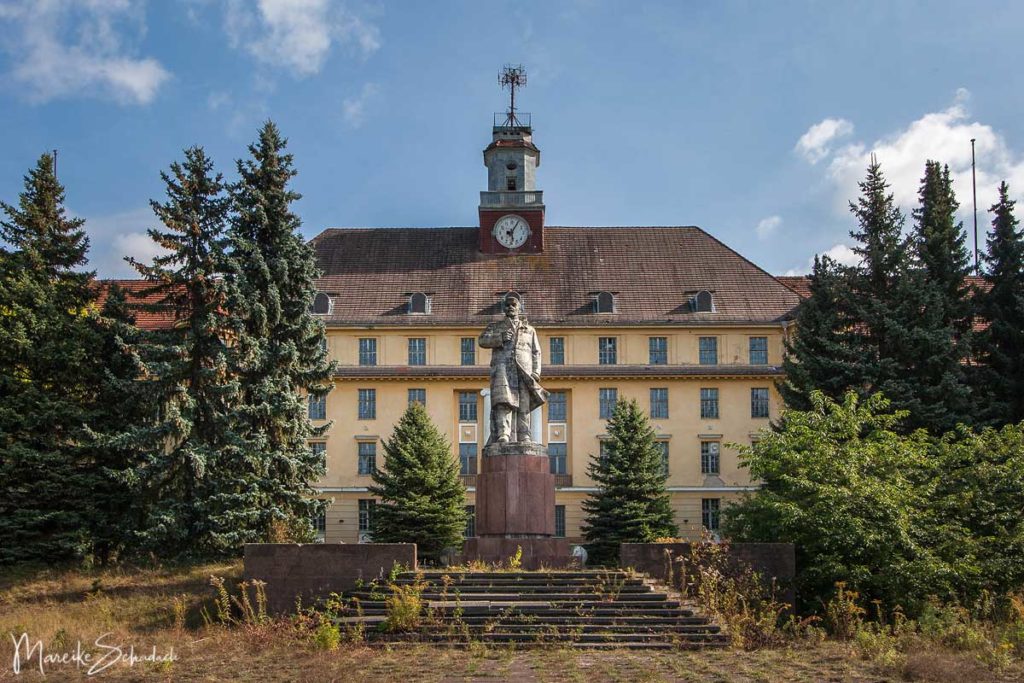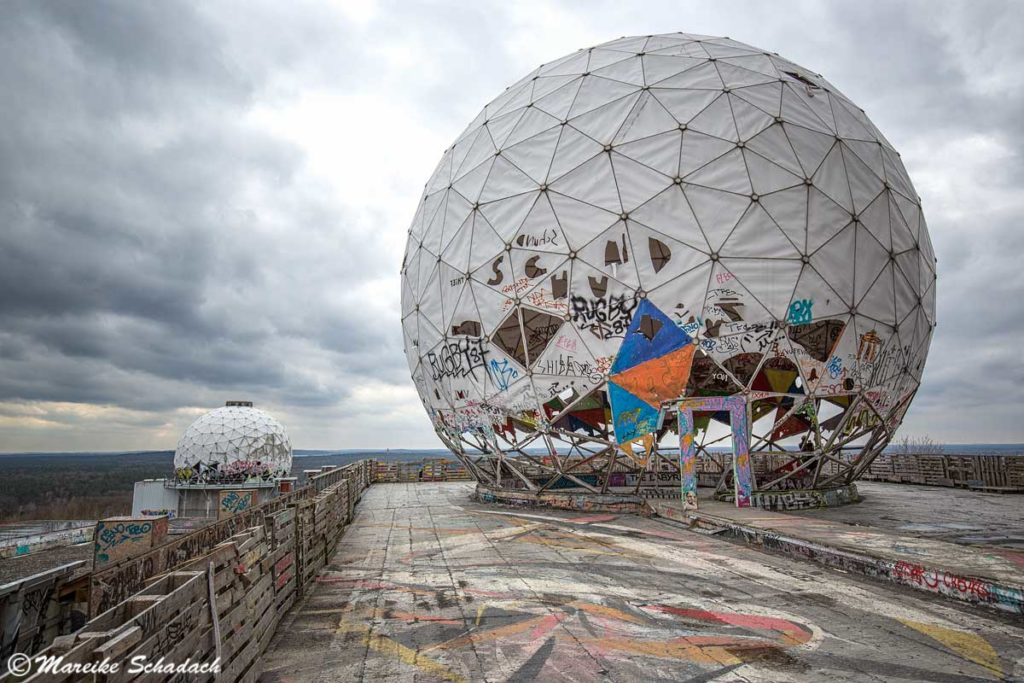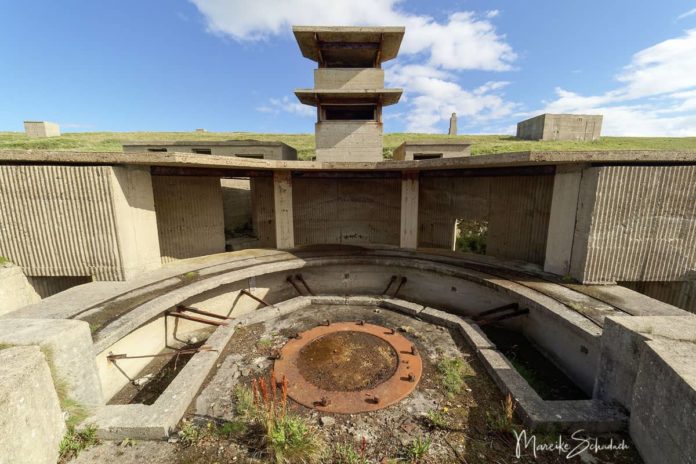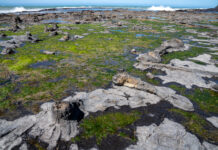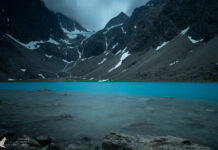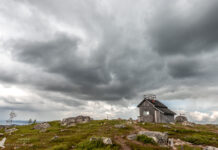Scotland. The Orkney Islands are dotted with relics from the two world wars. Especially famous are the Churchill Barriers and the wrecks of Scapa Flow. But no less impressive are the numerous ruins of the bunkers and defensive structures on the Orkneys, for example at Hoxa Head. A circular route along the coast leads past the ruins of the coastal artillery battery and gives an idea of the strategic importance of the Orkneys at that time.
Unassigned, unpaid advertising. The article contains affiliate links.
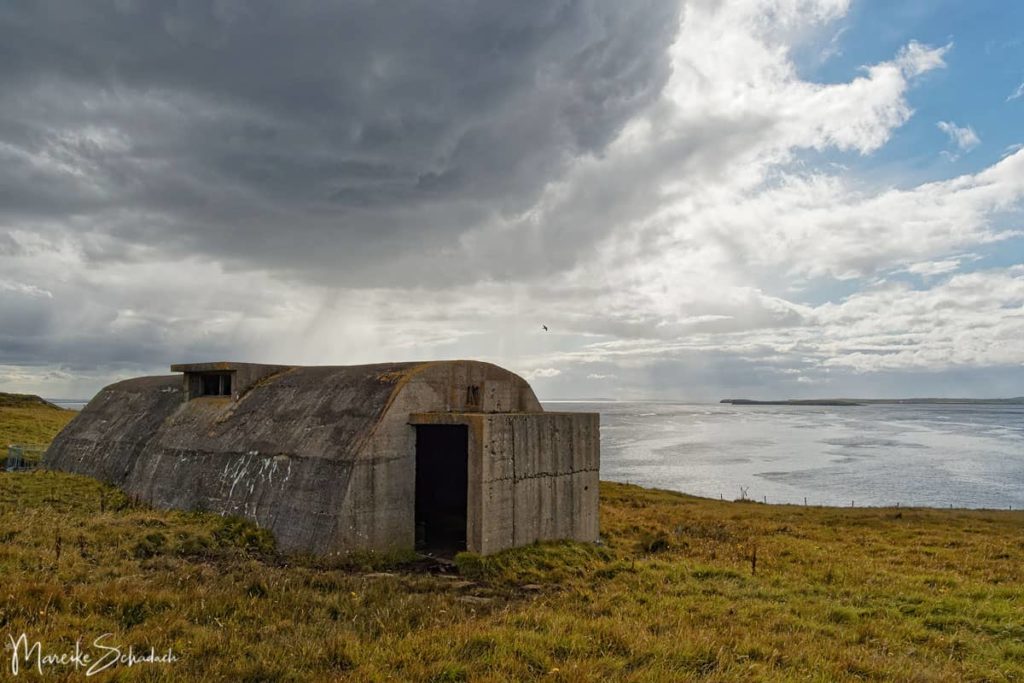
Facts about the Hike
Length: 2.7 kilometers coastal path and field path
Duration: about one hour
Start and end: Parking lot at the end of the street just before "The Bu"
Highlights: Ruins from the Second World War; view over Scapa Flow and the islands of Flotta and Hoy; wildlife observations possible
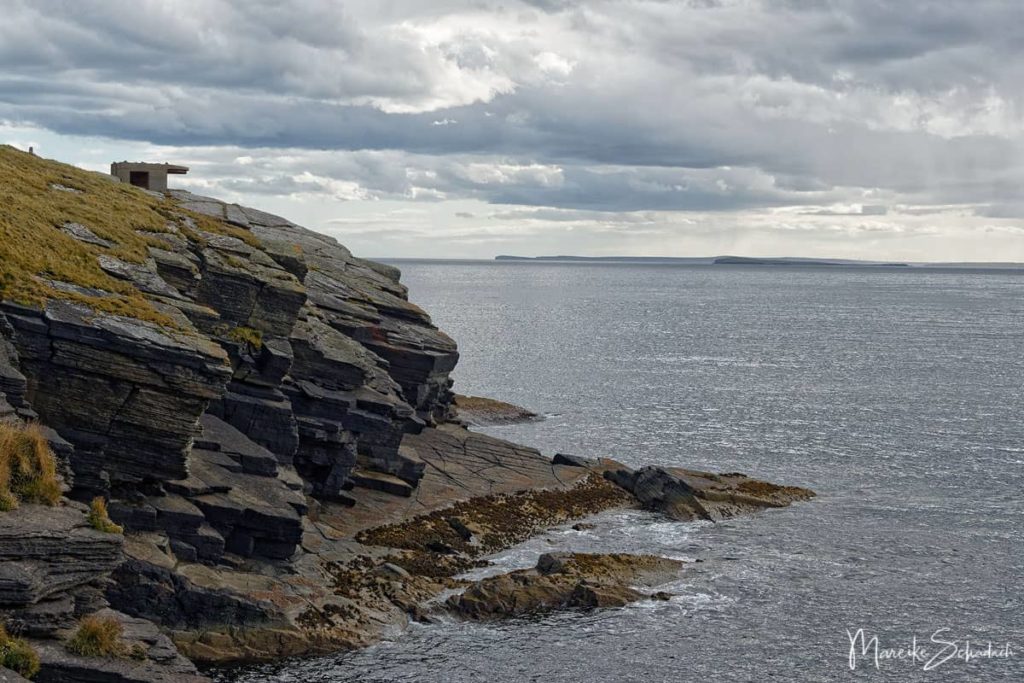
How to get there
Hoxa Head is located on the Orkney island of South Ronaldsay, west of the ferry port of St. Margaret's Hope. You can see the ruins of the coastal artillery battery from the ferry as you arrive.. Mit dem Auto fahrt ihr vom Fährhafen etwa 10 Minuten. Am Ende der Straße, kurz vor “The Bu”, ist ein Parkplatz und der Ausgangspunkt der Wanderung.
Tip: Are you on the Orkneys by tent or camper? A great place to camp is the beach "Sands of Wright", located about halfway between the ferry terminal and Hoxa Head.
Coastal Artillery Batteries on the Orkneys
Hoxa Head is one of the best examples of a coastal artillery battery on the Orkneys. The facility guarded the southern entrance to Scapa Flow, the Royal Navy's most important anchorage in both World Wars. The battery included observation towers, gun and searchlight emplacements as well as shelters and other outbuildings. It was paired with a similar facility on the opposite island of Flotta - the Buchanan Battery.
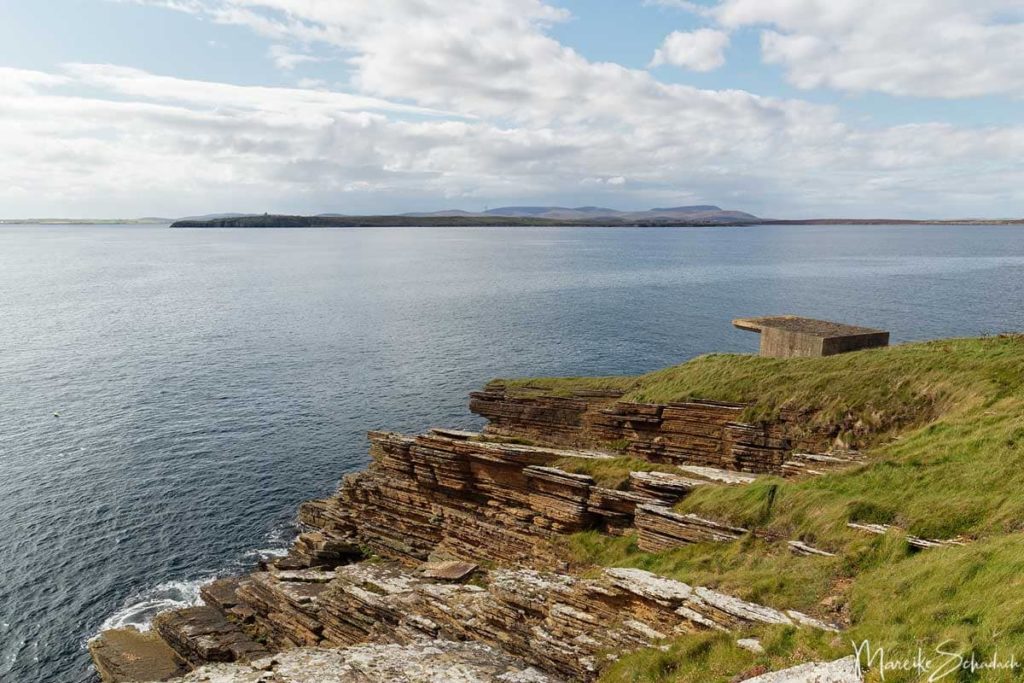
Between Flotta and Hoxa Head a submarine interception net was stretched across the sound. The net was supplemented by induction loops on the sea floor to detect metal hulls of ships. Underwater mines could be triggered in case of an attack from land.
The battery was abandoned after the war. The huts were dismantled in 1947 and the cannons were removed in 1950. The ruins you can still see today on Hoxa Head are mainly the gun emplacements of the 6-pounder cannons from the Second World War. Due to the ongoing decay, some of the ruins are fenced in and no one is allowed to enter.
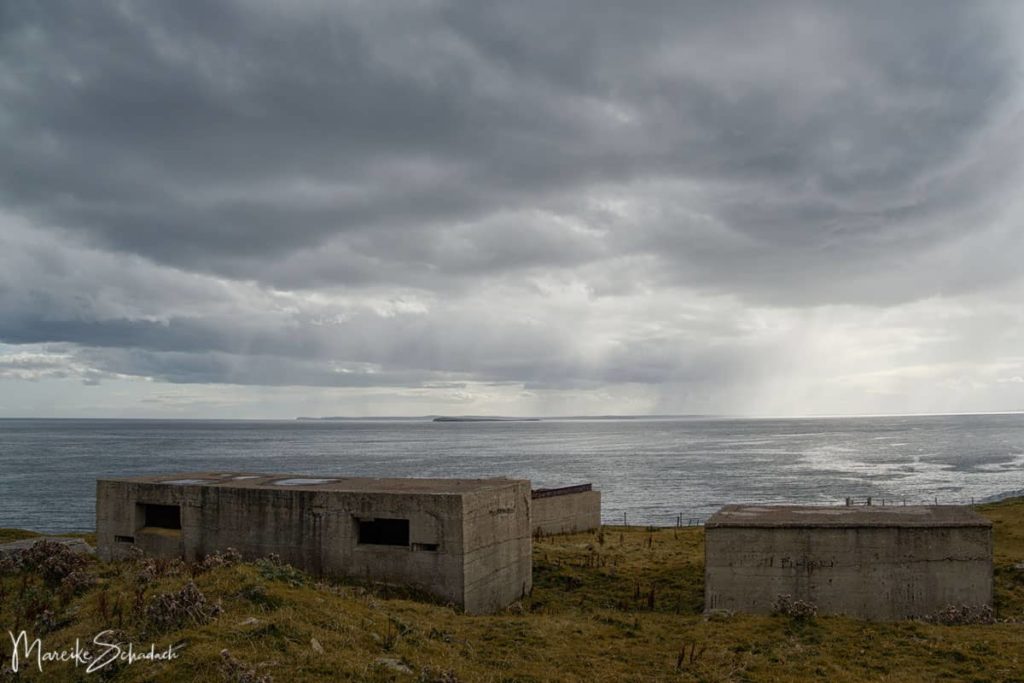
Coastal Hike to the Ruins of Hoxa Head
From the parking lot you walk further up the road. Shortly after the house "The Bu" a narrow path to the coast turns off to the right. When you reach the shore, turn left, always along the coast. Soon you will see the first ruins - two gun emplacements of the Balfour Battery from the Second World War.An information board describes the facility that was once located here at Hoxa Head.
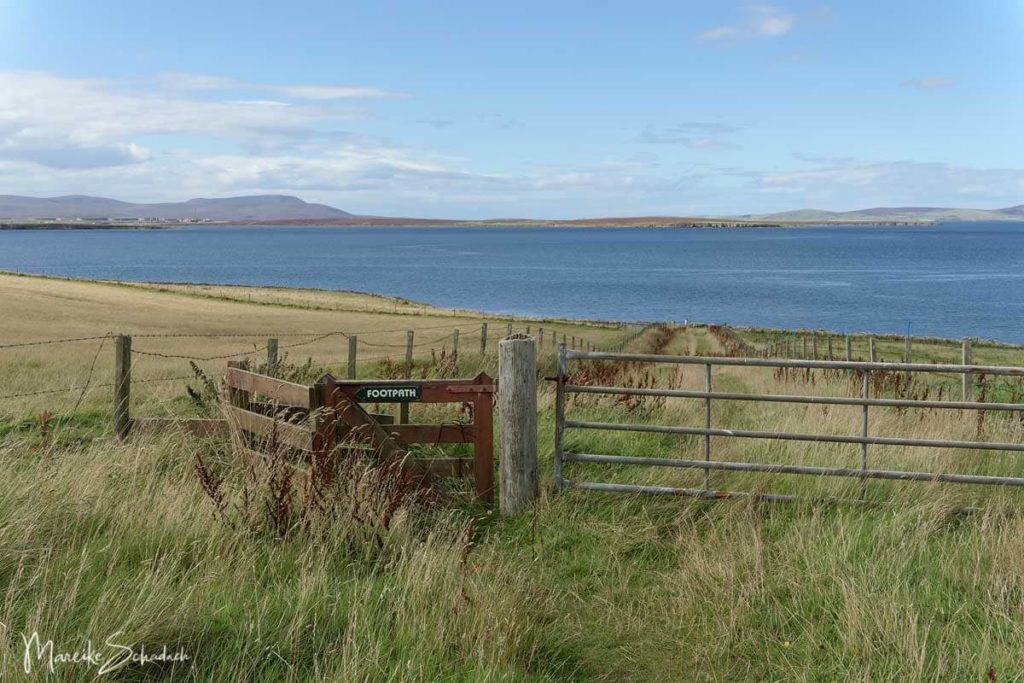

The path continues between barbed wire and the coast. The view from here to Scapa Flow and the islands of Flotta and Hoy are fantastic.
By the way: Hoxa Head is also a good point to see whales and dolphins. In summer you can even see minke whales and orcas.
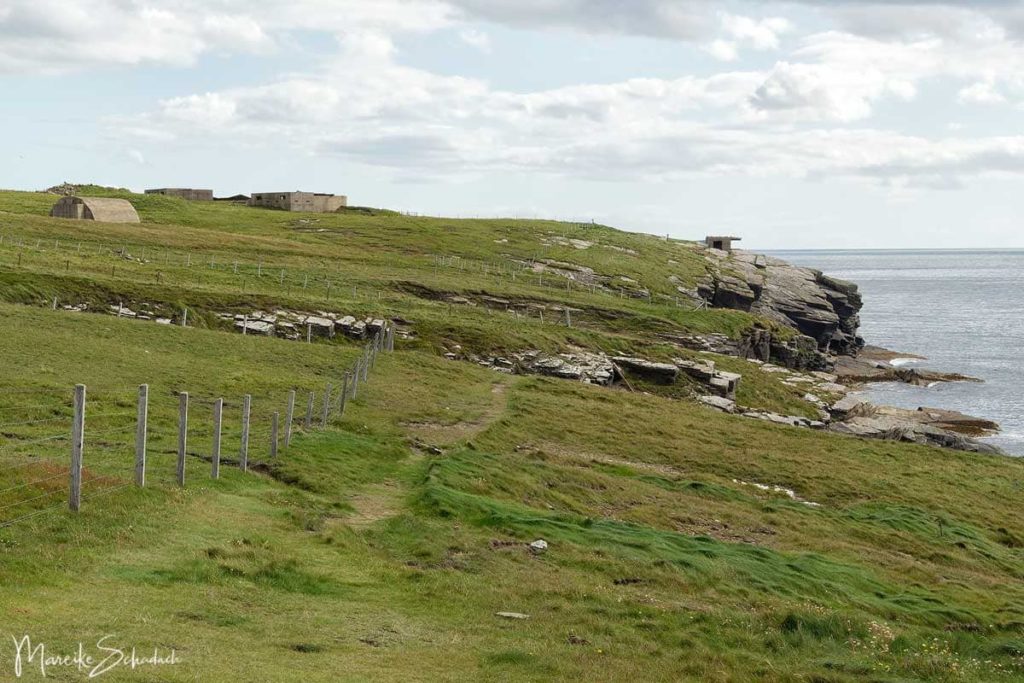
The path is easy to walk and you will see more ruins on both sides of the path. Once you reach the southernmost point of the headland, the path curves back a little further inland. Here you will find the remains of the Hoxa Head Battery, including more gun emplacements, bunkers, shelter foundations, and a solitary fireplace and chimney.

After you have passed several remains of concrete foundations, follow the dirt road to the right back to the parking lot.
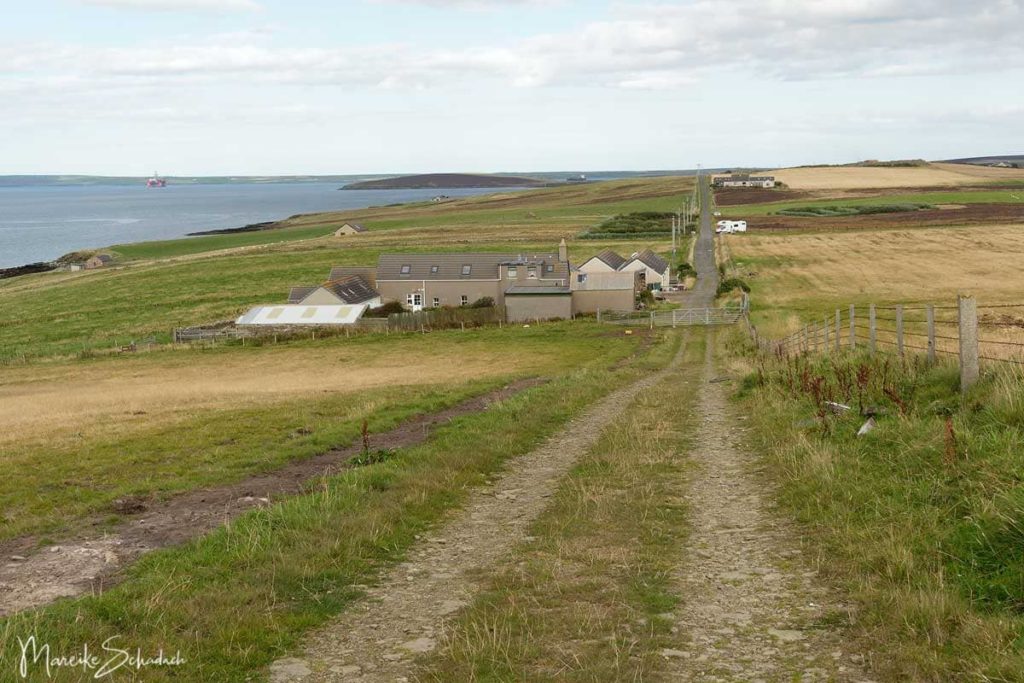
Book Recommendations for Scotland
You want to know where the journey goes? Then I recommend the following travel guides, which have proven themselves on my trip:
Do you know the bunkers and lost places of Hoxa Head on the Orkneys? How did you like them? Do you have any questions or comments about my article? If so, please write me a comment!
Do you want to know when there are new articles on my blog? Then follow me on Facebook, Pinterest or Instagram. I would also be very happy if you share my article with your friends.
Recommendations for further Reading
Do you love Lost Places as much as I do? Then you might also be interested in my articles about Lost Places in Berlin and Brandenburg or about the former Listening Station at Teufelsberg in Berlin.
